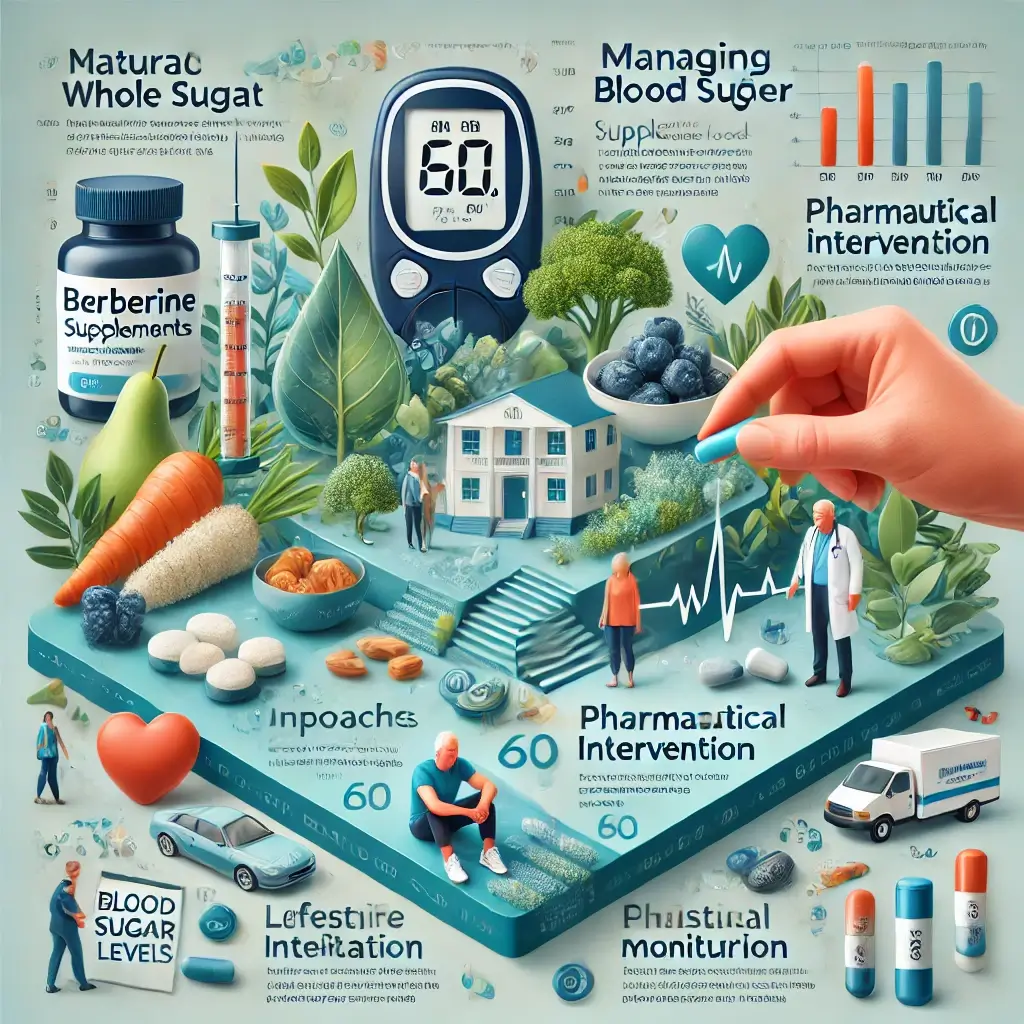Beyond Menopause: Addressing Bladder Health for Women 50+
Increased Risk for Women Over 50
Women over 50 have an increased risk of urine urgency and frequency. This troublesome condition can interfere with everyday activities and sleep. Let’s take a closer look at why this happens and some possible treatments.
Reasons for the Increased Risk
Decreased estrogen levels during menopause can weaken tissues in the urethra and bladder. Weakened pelvic floor muscles may limit bladder control. Urinary tract infections (UTIs) are more prevalent in older persons and can produce similar symptoms.
Medication-Related Factors
Certain medications, particularly diuretics and blood pressure drugs, can increase urine production. These medications might cause frequent urination and a sudden urge to urinate. Patients should discuss potential side effects with their doctor and stay hydrated to minimize discomfort.
Other Contributing Factors
Diabetes, neurological disorders, and tumors can impair bladder function, resulting in urine urgency and frequency.
Treatment Options
Several treatment options are available for urinary urgency and frequency in women over 50:
- Lifestyle changes: Weight loss, reducing caffeine and alcohol consumption, and pelvic floor exercises (Kegels)
- Bladder training: Retraining the bladder to hold urine for longer periods
- Medication: To relax bladder muscles and increase urine storage capacity
- Surgery: In some cases, to correct structural issues or support the bladder
Seek Professional Advice
If you experience urinary urgency and frequency, consult a doctor to determine the underlying cause and the best course of treatment. Early detection and treatment can help enhance your quality of life and prevent complications.













